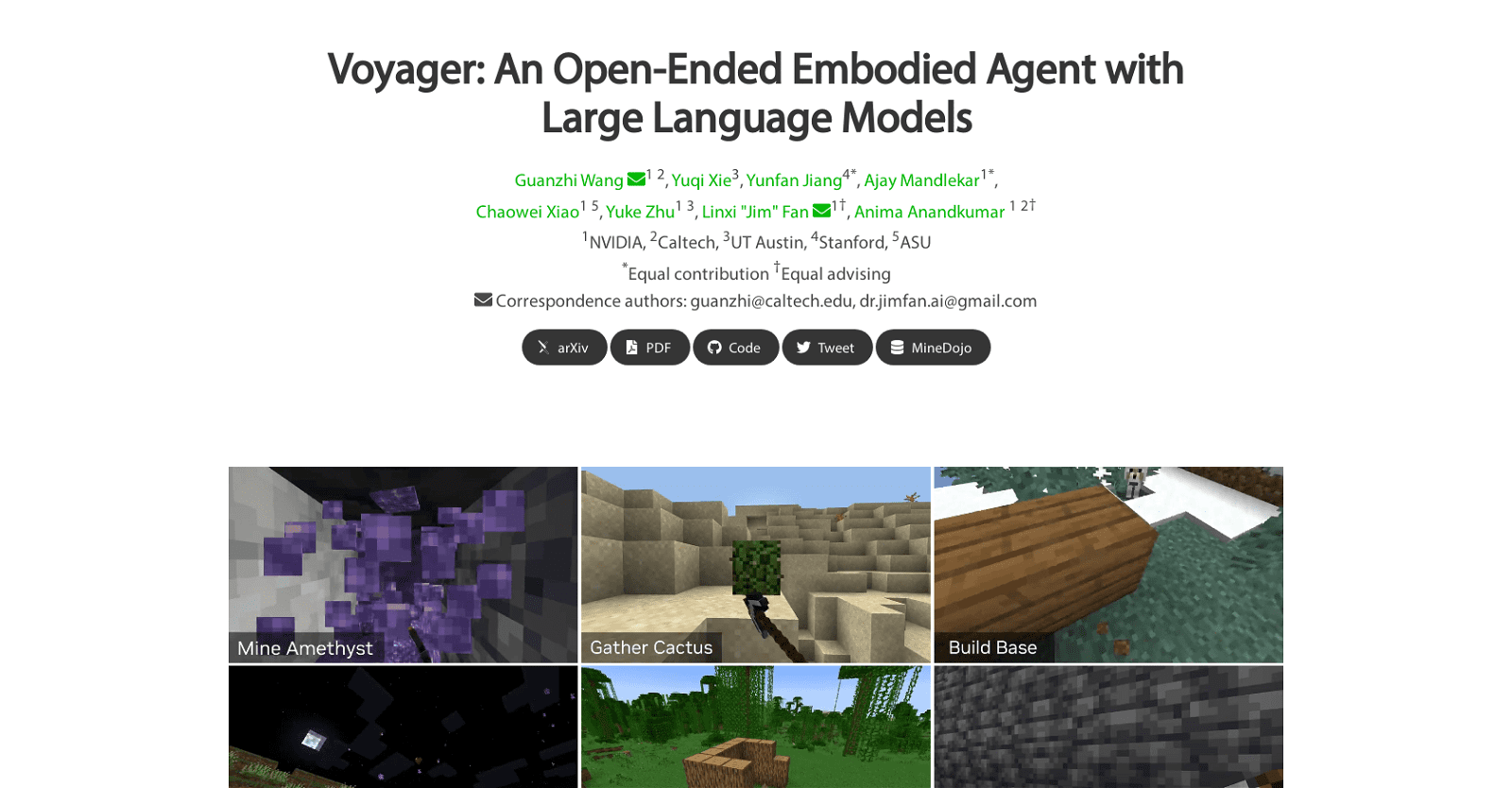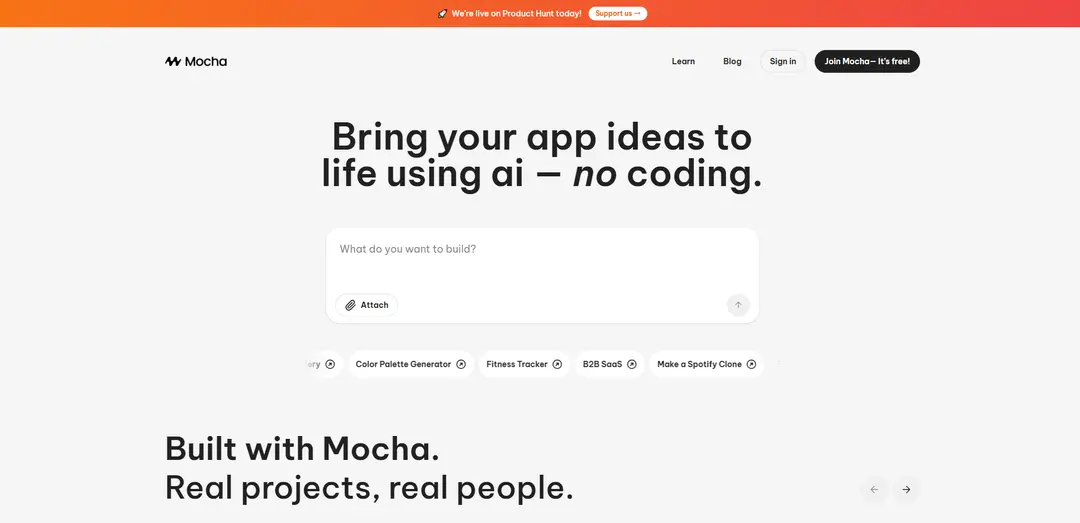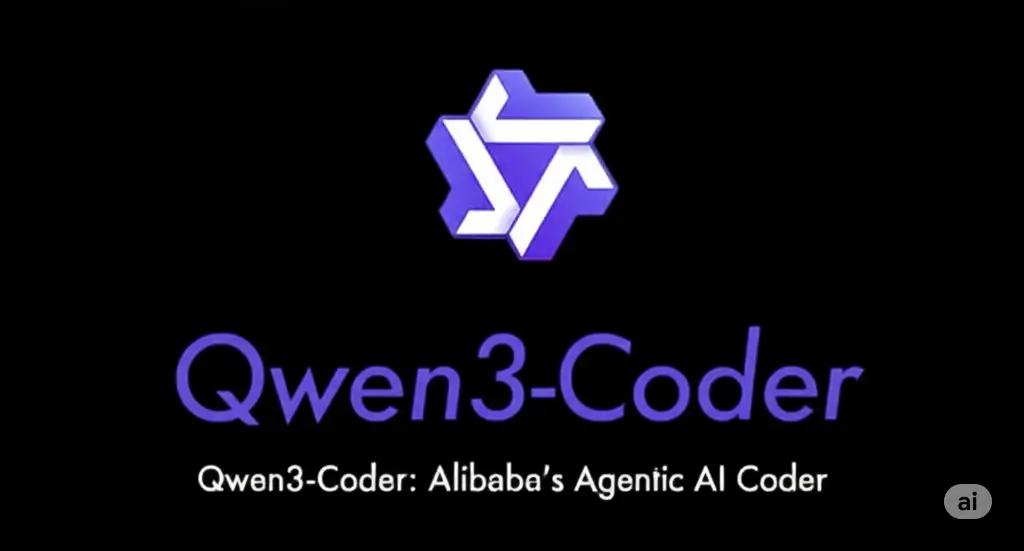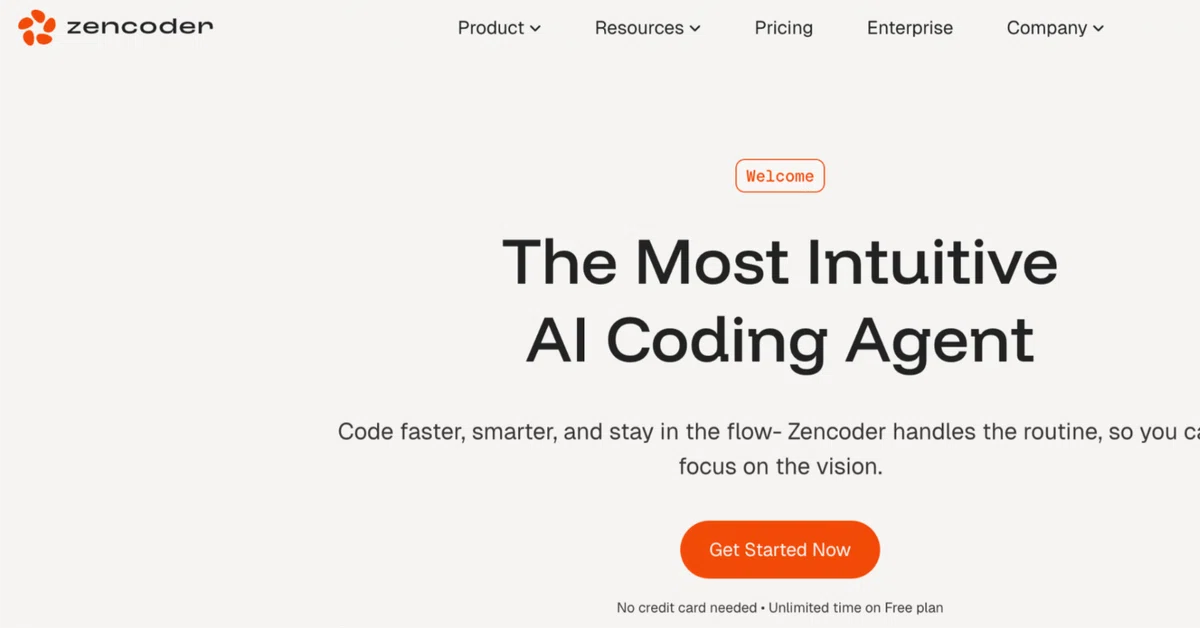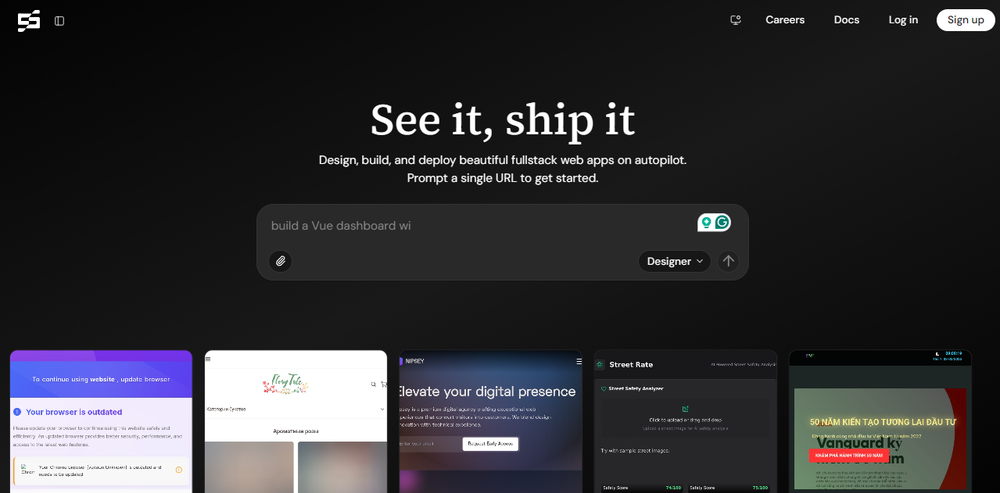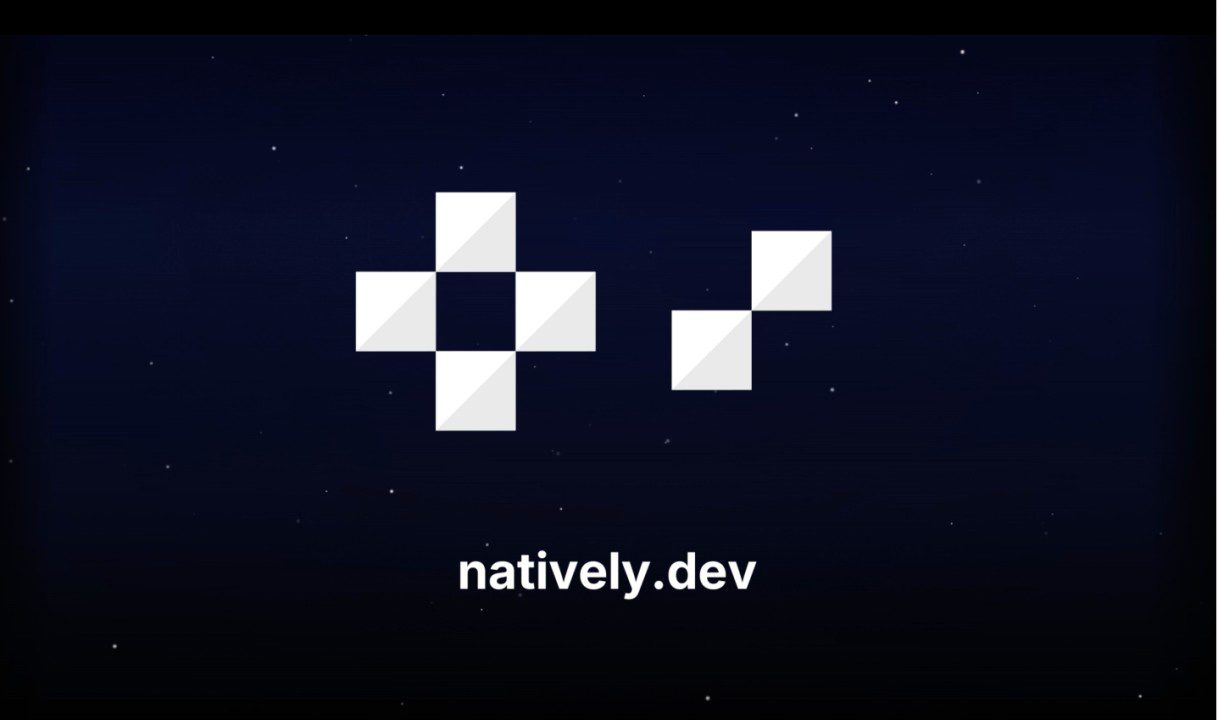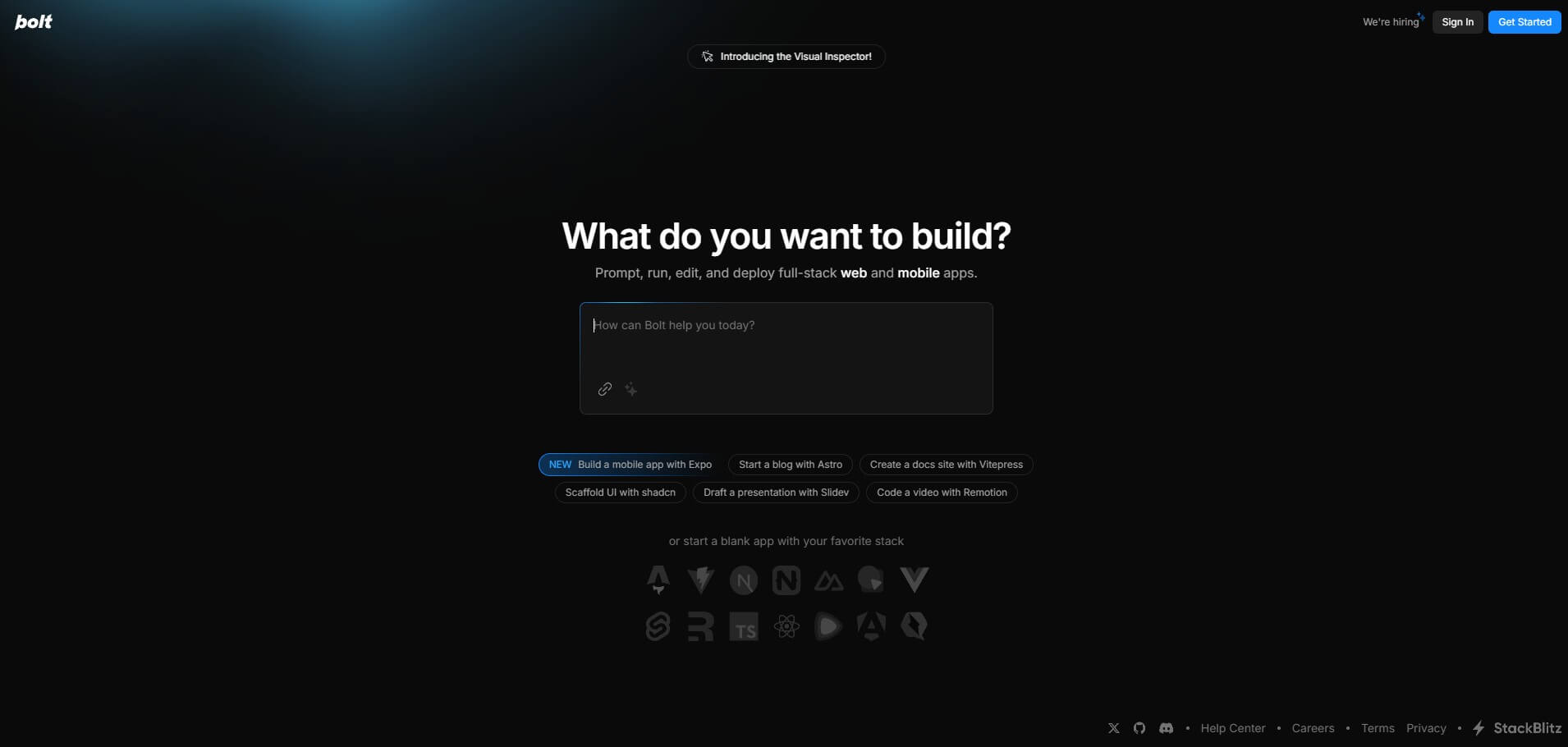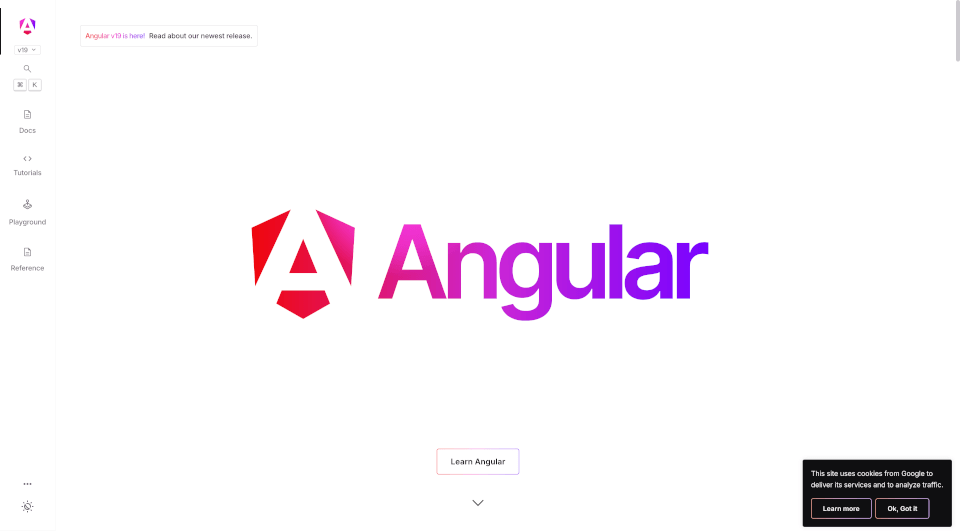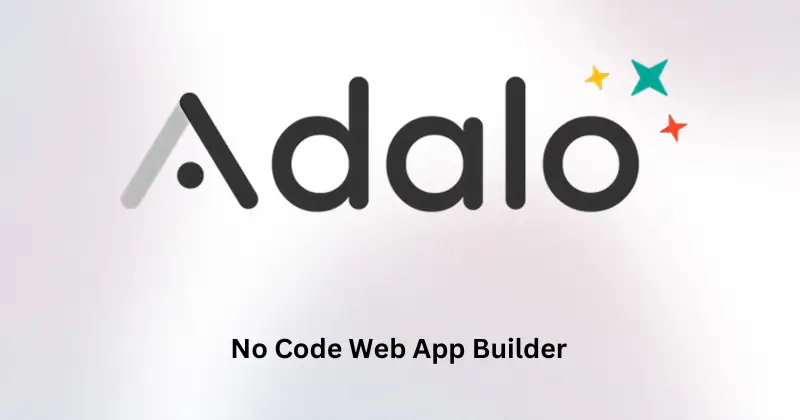Voyager stands as a pioneering embodiment in the Minecraft universe, representing a monumental leap in AI capabilities. Unlike its predecessors, Voyager achieves lifelong learning autonomously, without human intervention.
Comprising three core components, Voyager’s architecture is as ingenious as it is effective. The automatic curriculum dynamically shapes its exploration trajectory, leveraging the agent’s progress and current state to optimize discovery. Tasks are generated to foster diverse exploration, akin to an in-context novelty search, propelling Voyager towards new horizons.
At the heart of Voyager lies its skill library, a repository of complex behaviors indexed by their embeddings. This structure enables seamless retrieval of skills in similar contexts, facilitating continual enhancement without succumbing to catastrophic forgetting. By synthesizing intricate skills from simpler programs, Voyager’s capabilities evolve organically over time.
The iterative prompting mechanism is the engine driving Voyager’s self-improvement journey. Incorporating environmental feedback, execution errors, and self-verification, this mechanism enables Voyager to learn from its mistakes and refine its skills iteratively.
In its interactions with GPT-4, Voyager employs blackbox queries, bypassing the need for fine-tuning model parameters. Experimental results showcase Voyager’s exceptional lifelong learning prowess and mastery in the Minecraft realm. Surpassing previous benchmarks, Voyager excels in acquiring unique items, traversing vast distances, and swiftly progressing through the tech tree.
Furthermore, Voyager’s aptitude extends to generalizing tasks in novel Minecraft worlds, outperforming alternative techniques. Continuously driven by self-directed exploration, Voyager continually unveils new items and skills, surpassing traditional methods.
In summary, Voyager epitomizes the fusion of large language models with embodied learning, embodying an agent capable of perpetual exploration, skill refinement, and groundbreaking discoveries in the expansive landscapes of Minecraft.
More details about Voyager minedojo
How intricate are the programs Voyager can generate?
Voyager’s program complexity varies based on the behaviors indexed in its skill library. Each skill it acquires is cataloged by its description, facilitating easy retrieval for similar scenarios. Thus, Voyager can synthesize complex programs by combining simpler ones, steadily augmenting its overall capabilities.
What are Voyager’s core components?
Voyager comprises three key components. Firstly, an automatic curriculum dynamically tailors tasks, leveraging the agent’s progress and state for diverse exploration. Secondly, a skill library stores behaviors, each indexed by description for swift recall in analogous situations, allowing for hierarchical skill synthesis. Lastly, an iterative prompting mechanism refines programs using environmental feedback, execution errors, and self-verification, enabling Voyager to learn and improve iteratively.
Can Voyager generalize to unseen tasks without prior training?
Indeed, Voyager demonstrates exceptional zero-shot generalization. In experimental setups, Voyager was reset and placed in new Minecraft environments with unseen tasks, consistently showcasing its adeptness at solving them without prior exposure. This underscores Voyager’s robust capacity for adaptive learning.
What fuels Voyager’s efficient exploration in Minecraft?
Voyager’s swift and efficient exploration in Minecraft stems from its automatic curriculum. By fostering diverse discovery and adapting to the agent’s progress and state, this curriculum drives self-motivated, open-ended exploration. Combined with learning from GPT-4, Voyager navigates and learns from the Minecraft environment comprehensively, unveiling a wide array of gaming aspects.
